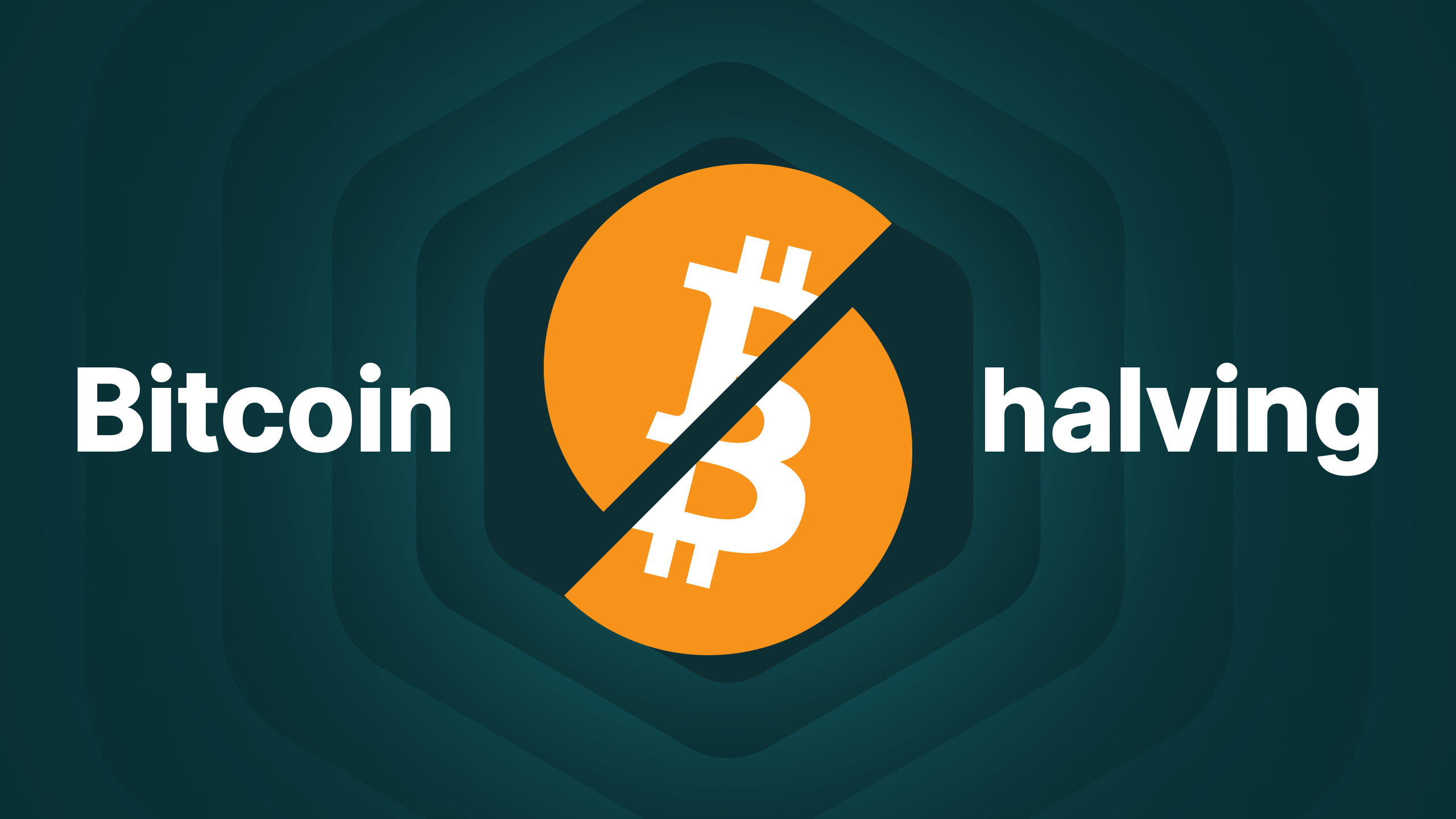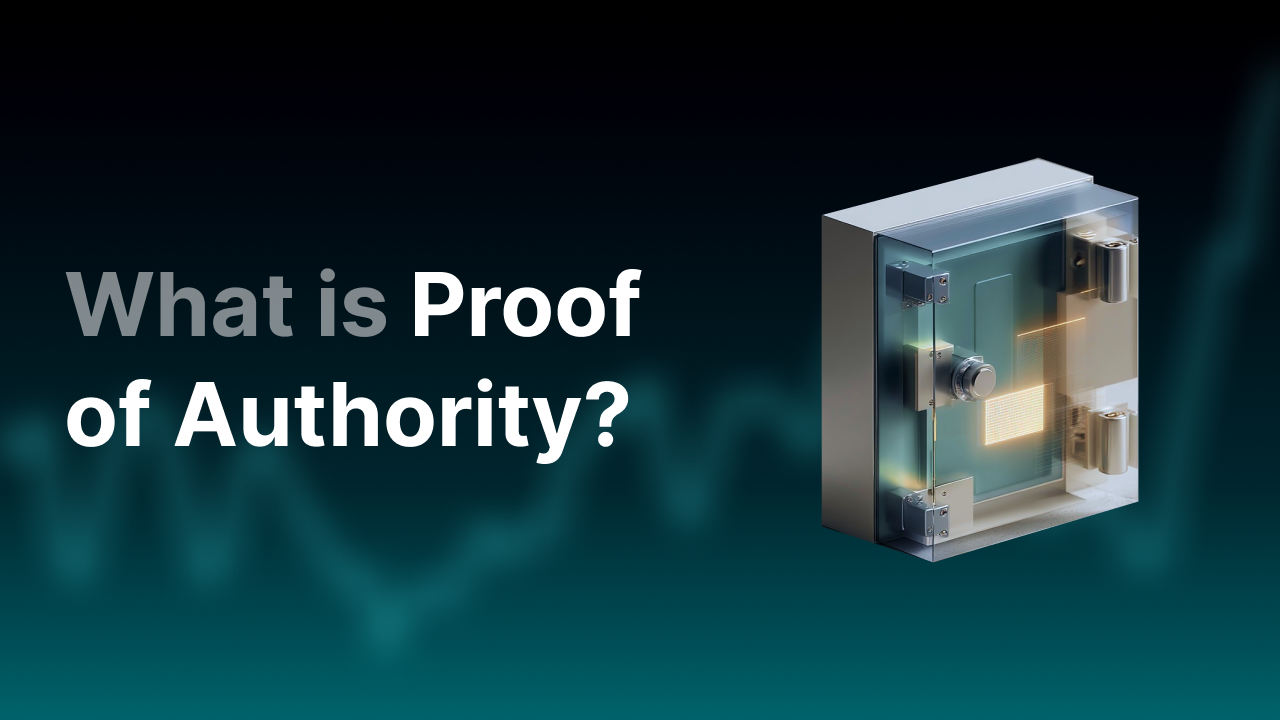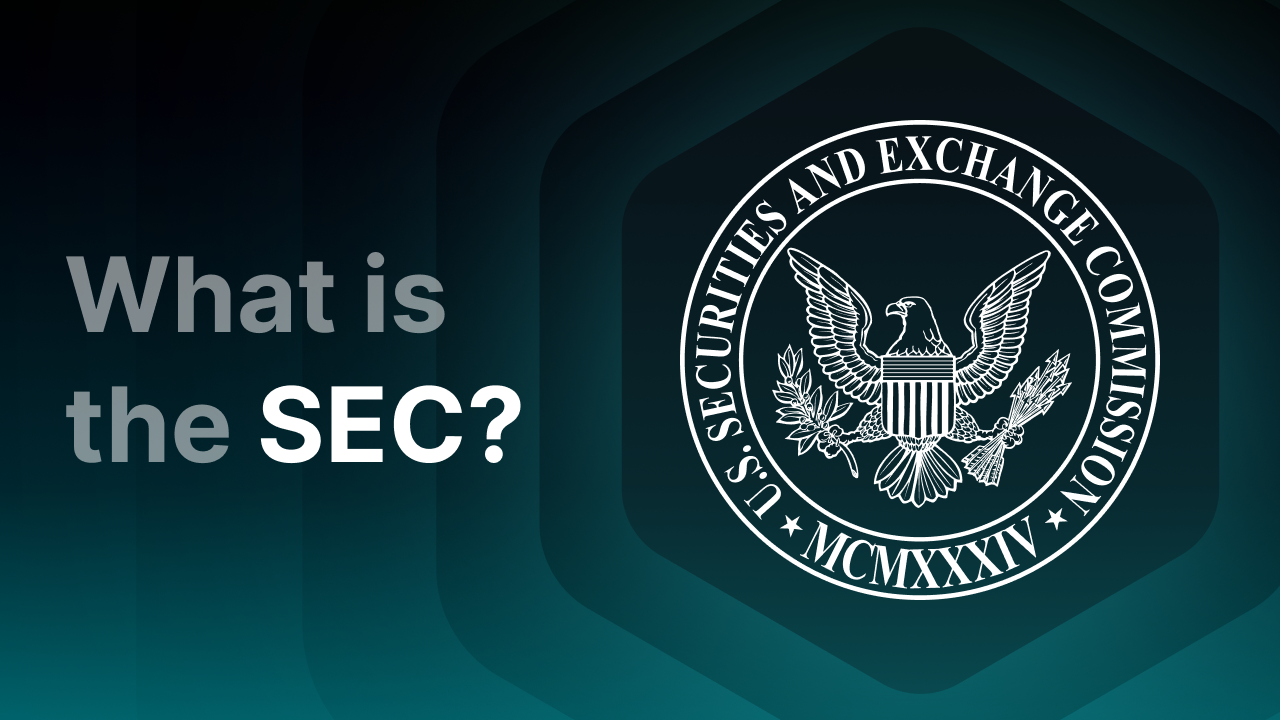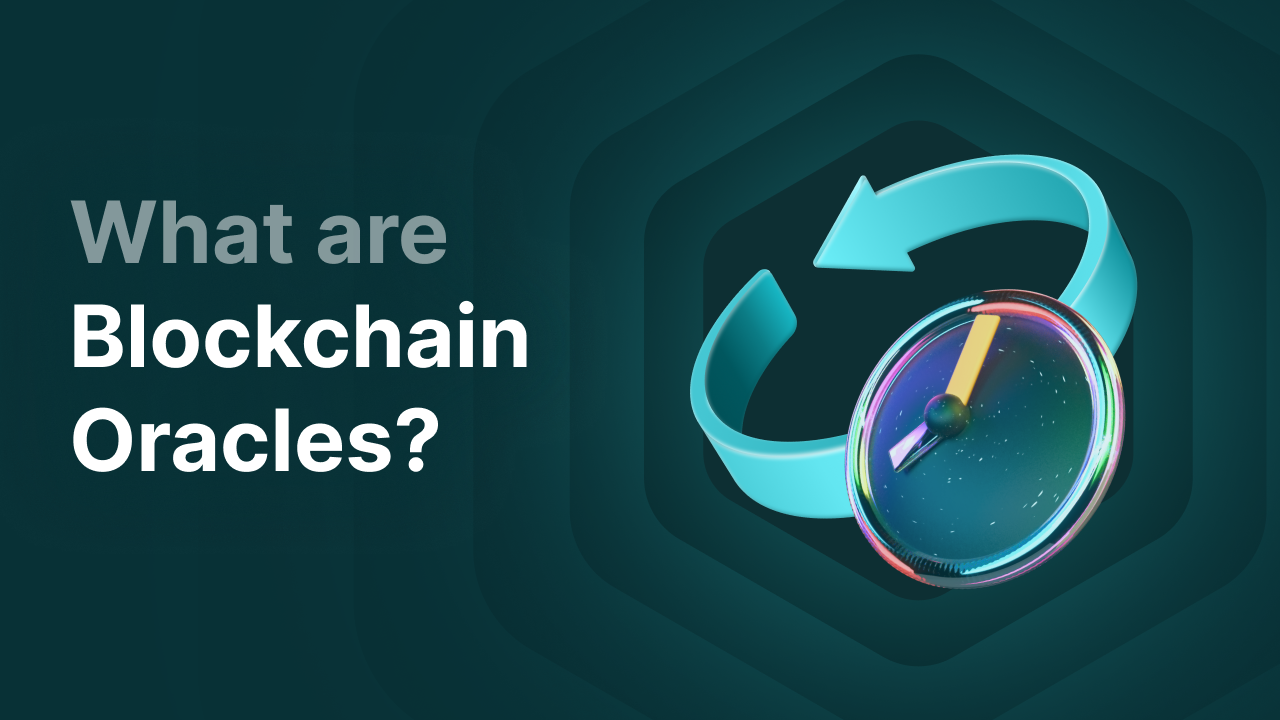What is the Bitcoin halving and why is it important?

What is the Bitcoin halving?
The Bitcoin halving (also known as a halvening) is the moment when the reward for mining Bitcoin is halved. This occurs approximately every four years, after every 210,000 blocks mined on the Bitcoin network. This is determined in Bitcoin's code by Satoshi Nakamoto and is unchangeable. The reward for miners (block reward) is reduced by 50% during this event, meaning they receive half as much BTC for mining a block. Every 210,000 blocks, the reward is halved until the maximum of 21 million Bitcoins have been brought into circulation. This is expected to happen around 2140.
Bitcoin uses the Proof of Work consensus mechanism. This mechanism enables Bitcoin mining. Computers around the world work 24/7 to be the first to solve complex mathematical formulas. This allows transactions to be validated and keeps the network decentralized and secure. New Bitcoins are created with each Bitcoin block. These Bitcoins go to the miner who first finds a correct solution and therefore may add the block to Bitcoin’s blockchain. The Bitcoin halving thus has a major impact on the Bitcoin community because it affects mining.
Investors therefore eagerly anticipate each new halving, as it reduces the supply of new Bitcoins.
Key Takeaways
-
The Bitcoin halving halves the reward for miners every four years, reducing the supply of new Bitcoins and creating scarcity.
-
Historically, each halving has led to a significant increase in the price of Bitcoin.
-
The halving is intended to curb inflation and create scarcity.
-
After 2140, no new Bitcoins will be issued, and miners will only receive transaction fees.
-
External factors such as regulation, economic conditions, and adoption play a major role in the market and can amplify or diminish the effect of a halving.
Why is there a Bitcoin halving?
Now you may ask yourself: why is there a Bitcoin halving? The creator of Bitcoin, Satoshi Nakamoto, designed it this way to limit Bitcoin’s inflation and create scarcity. By halving the reward for miners every 210,000 blocks, the issuance of new Bitcoin is slowed. Additionally, only 21 million Bitcoins will ever be brought into circulation, which creates scarcity. You can compare Bitcoin to gold. Gold is also scarce, which makes it a good investment. Many therefore call Bitcoin digital gold. With increasing adoption of Bitcoin, all these factors are intended to drive long-term price increases.
Past Bitcoin halvings
Between 2009 and 2012, miners received 50 BTC for mining Bitcoin. Since then, several Bitcoin halvings have occurred. Historically, these often had a positive impact on the BTC price.
Bitcoin halving in 2012
On November 28, 2012, the first Bitcoin halving occurred. The mining reward was halved to 25 BTC per block. At that time, a Bitcoin was worth about €10. After the first halving, the price rose to €500 in just one year. A very successful halving indeed!
Bitcoin halving in 2016
In 2016, the second halving took place on July 2. The block reward dropped to 12.5 BTC, and the price rose from approximately €600 to about €15,000 during the bull run of 2017, in just over a year.
Bitcoin halving in 2020
During the 2020–2021 bull run, Bitcoin again reached a new all-time high following the halving. On May 12, 2020, the reward for miners was halved to 6.25 BTC per block. The BTC price rose from approximately €8,000 per BTC to over €57,000 on November 11, 2021.
Bitcoin halving in 2024
The fourth Bitcoin halving took place on April 20, 2024, after block 840,000 was mined. At that point, the block reward was reduced to 3.125 BTC. Investors paid special attention to this halving, as earlier that year, on January 10, 2024, the first official Bitcoin spot ETF was approved by the U.S. Securities and Exchange Commission (SEC), opening the door for institutional investment in Bitcoin.
Even though the Bitcoin price had already risen after the ETF news, investors saw further gains when the price increased from around €60,000 to over €100,000 per BTC in 2025.
When is the next Bitcoin halving?
The next Bitcoin halving will take place in 2028, when block 1,050,000 is successfully mined. Then the block reward will drop to 1.5625 BTC per block. Historically, the Bitcoin halving has often sparked a new bull market. However, historical data does not guarantee that future halvings will have the same effect. The crypto market, including Bitcoin, is heavily influenced by external factors such as the economy, adoption, and regulation.
Overview of upcoming halvings
The halving process will continue until all 21 million Bitcoins have been brought into circulation. This will likely happen in 2140. Until then, a new halving will occur every four years. Below is an overview of the upcoming halvings:
Does the Bitcoin price go up after a halving?
Looking at the past, the Bitcoin price has always benefited from a Bitcoin halving. In the years following the halving, we have so far always seen price increases due to the reduced supply of new Bitcoins, which creates more scarcity. However, it’s important to emphasize that the past is no guarantee for the future. The Bitcoin halving does have an effect on the crypto market, but it is certainly not the only factor. We also see the market become more volatile when there are political tensions, inflation, and regulatory news (both positive and negative). It’s therefore very important to always do your own research and consider multiple factors in your decision-making.
Additionally, the Bitcoin halving only works if demand for BTC increases. If the network becomes less active and demand decreases, prices may rise less sharply or even fall. When this happens, mining becomes less attractive for miners due to lower returns.
What happens after the last Bitcoin is mined?
You might wonder: why would miners continue after the last Bitcoin is mined? This may sound like a dramatic moment, but fortunately, it won’t happen until 2140. Still, the answer is less dramatic. The hope is, of course, that Bitcoin remains in demand and the network continues to grow. Miners will no longer receive new Bitcoins but will be paid exclusively in transaction fees.
New blocks will still need to be added to keep the network alive, and therefore not much is likely to change. The Bitcoin mining revenue model will shift to receiving transaction fees paid by users.
Final Thoughts
The Bitcoin halving is an important event that the crypto market always watches closely, as it is often seen as the starting point of a new bull run. Historically, the Bitcoin price has reacted positively to the halving over the long term, as has the rest of the crypto market. Altcoins have also often benefited from a new bull run. This is mainly because the halving causes a fundamental economic shift in Bitcoin’s supply. Since Bitcoin is the largest cryptocurrency, most altcoins still tend to follow Bitcoin’s trend.
After the halvings of 2012, 2016, 2020, and 2024, Bitcoin has always reached a new all-time high, with the latest peak being over €100,000 per BTC in 2025.
Still, the past is no guarantee for the future. The entire crypto market is especially dependent on external factors and adoption. Political instability, worsening financial conditions, and regulation can also negatively impact the Bitcoin price. That’s why it’s important to always do your own research. Predicting the future is incredibly difficult.
Disclaimer: The information in this article is for informational purposes only and should not be considered financial advice. Always do your own research before making investment decisions.




